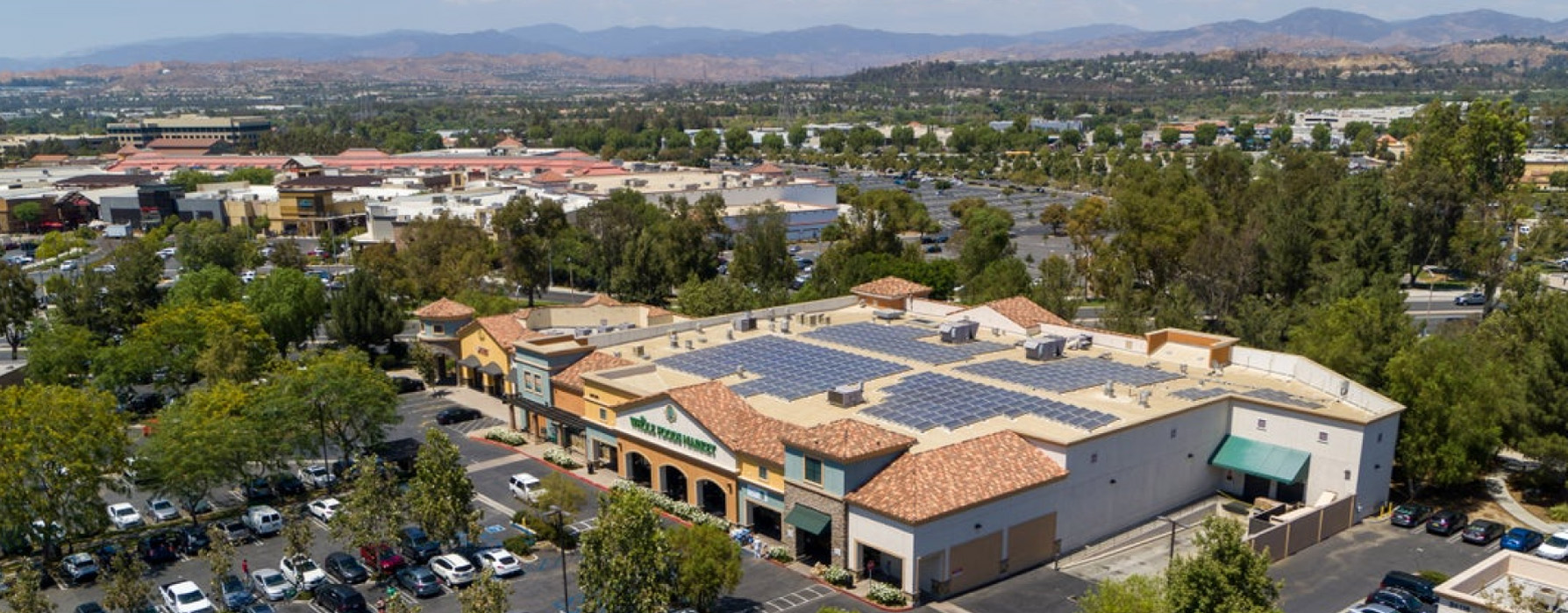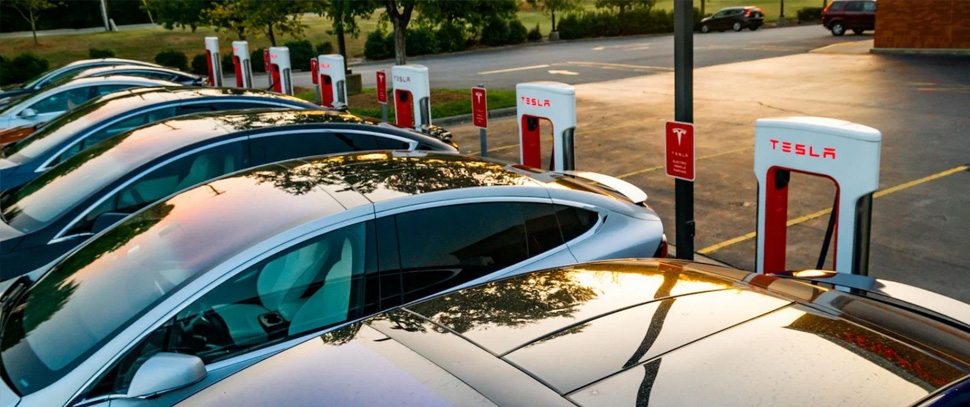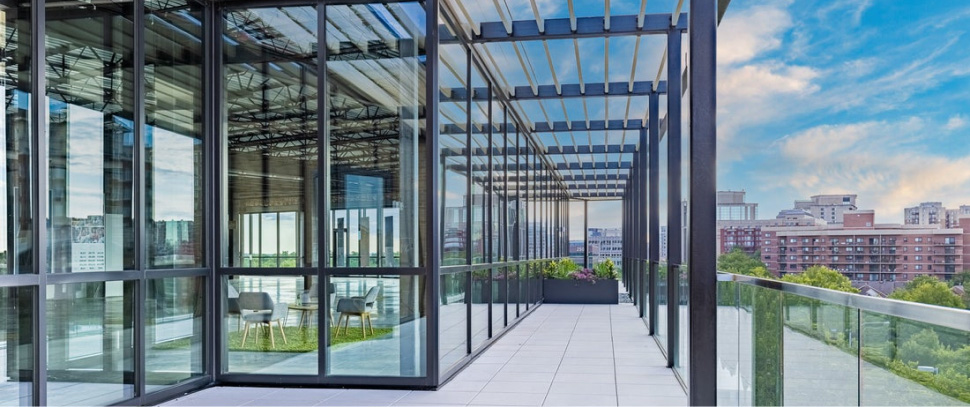Environmental Stewardship
2024 Highlights
Sustainability — Our Commitment
We strive to integrate sustainable practices throughout our business. We also take steps to address material environmental risks and issues across our operations and development projects.
Committed to Environmental Impact
Our approach integrates environmental stewardship across our entire portfolio and is deeply ingrained in our business strategy, decision-making, and operations.
Greenhouse Gas Emissions Reduction
We’re committed to reducing our Scope 1 and 2 GHG emissions by 28% by 2030—a target endorsed by the SBTi—and aiming for net-zero Scope 1 and 2 emissions by 2050.
Renewable Energy
Regency continues to expand and explore renewable energy opportunities and efficiency projects across all operations. We also plan to introduce more initiatives at our properties to benefit the environment.
Reducing Our Impact
Our approach to environmental stewardship focuses on integrating management responsibilities across our entire portfolio and operations platform to address material environmental risks and issues.
Reducing Our Energy Use
Improving energy efficiency across our operational control is critical to achieving our science-based targets.
Driving Impact Through Water Efficiency
We're committed to conserving this vital resource to protect the environment, reduce drought impacts, and preserve it for future generations.
Diverting Waste, Driving Sustainability
In partnership with our tenants and networks of local recyclers, composters, and waste haulers, we work to promote responsible waste management practices across our shopping center portfolio.
Green Building
We have developed 16 LEED-certified assets totaling 1.6 million square feet. Our Green Building Task Force ensures that our construction projects align with our sustainability goals and industry best practices.
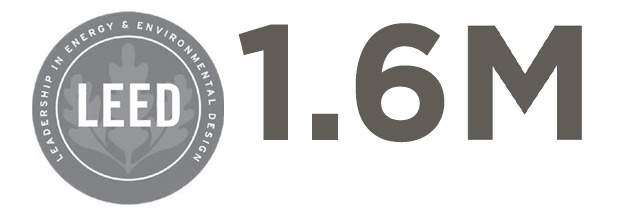
EV Charging
Regency has been a leader in supporting the development of a national network of electric vehicle (EV) charging stations. We now have a total of 1,316 active stations spread across 32% of our properties.
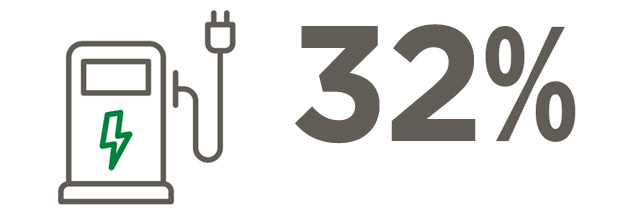
Recognition and Partnerships

Named Green Lease Leader Gold Level by the Institute for Market Transformation and the U.S. Department of Energy

Endorsed by the Science Based Targets Initiative (SBTi)
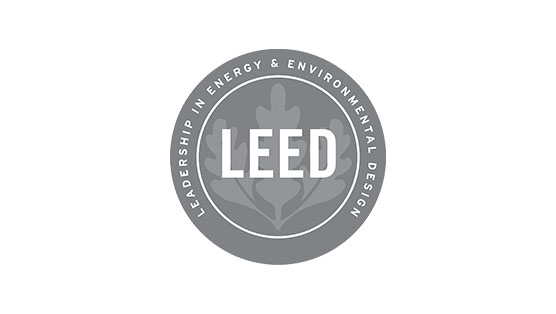
Developer of 16 LEED Certified Assets
Membership Associations





